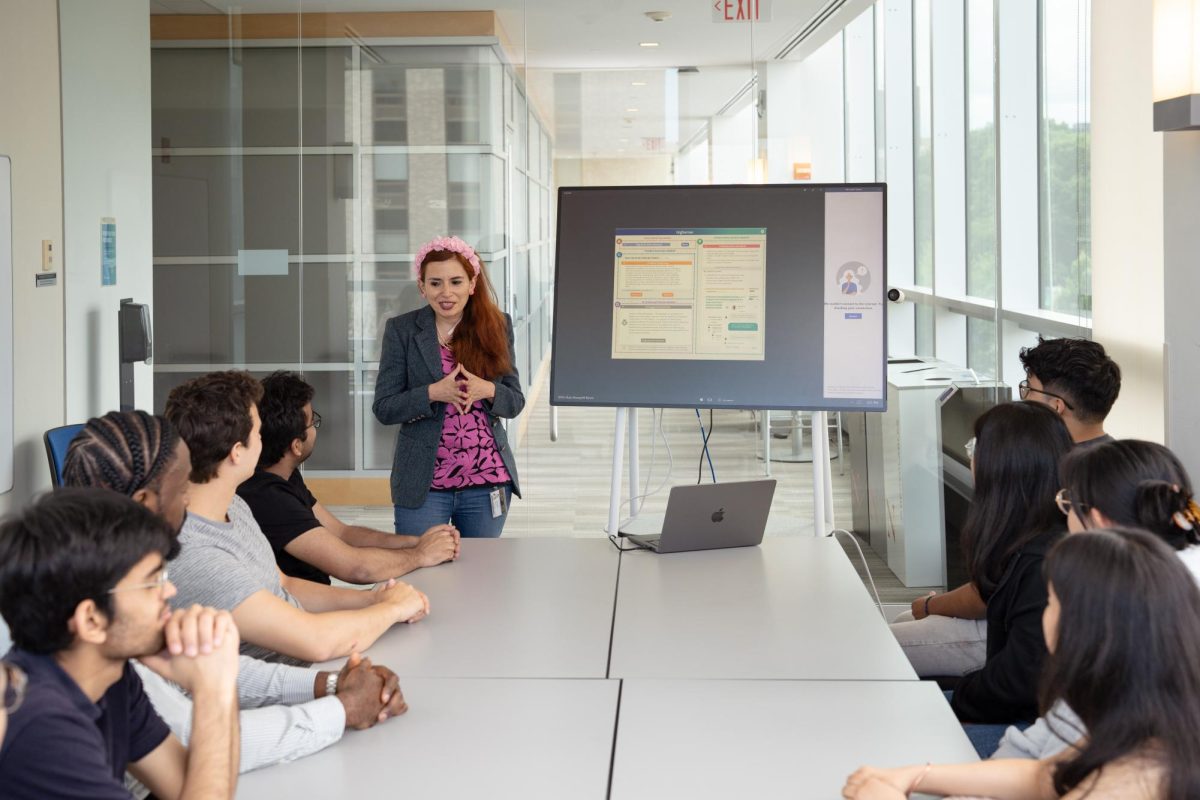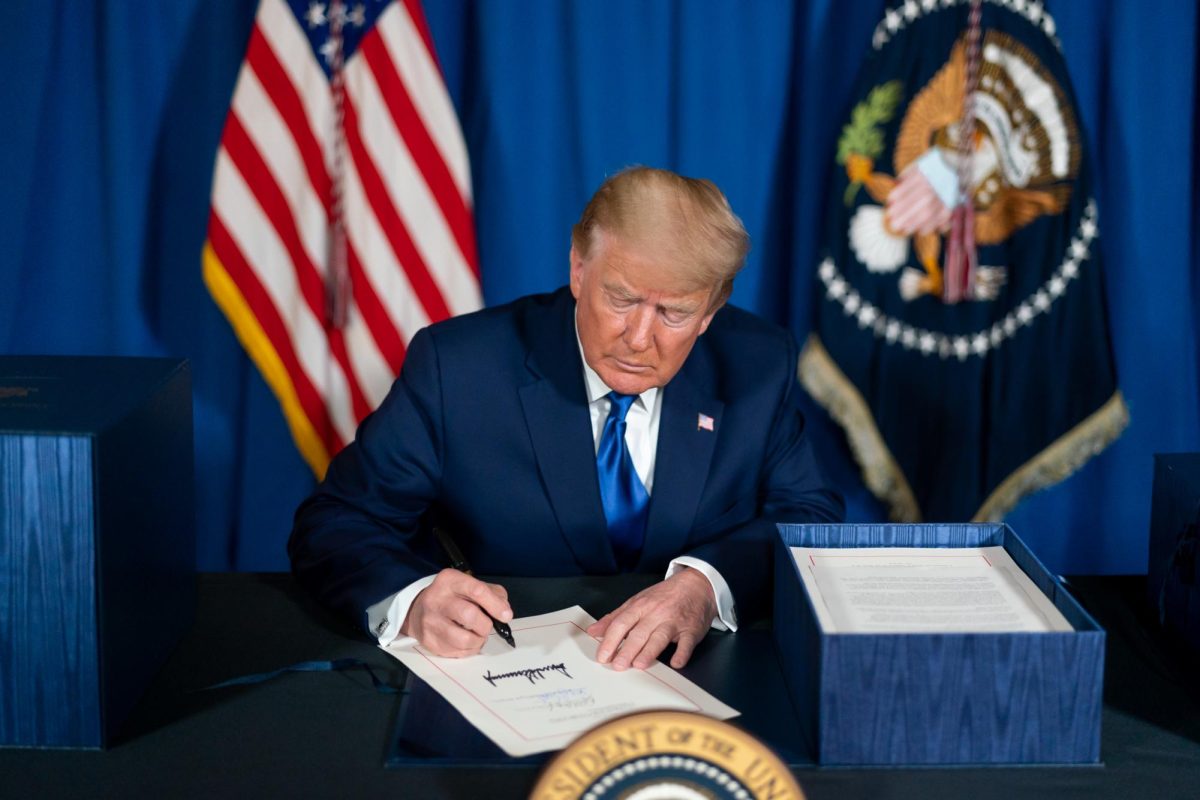Editorial: Students, colleges must fight to end mass shootings
February 22, 2018
Schools are a place to grow up. They are a place for bad haircuts, first crushes, awkward phases, learning and having fun. They are not a place for guns and absolutely not a setting where anyone should fear for their life.
Unfortunately, that is the reality of the nation we live in — mass shootings can happen at any time, in any place. If we have learned anything from the tragedies that have occured in the last decade, it is that we do not have the privilege to assume we are safe: not even at an elementary school in a sleepy Connecticut town, or dancing the night away at a music festival in Las Vegas.
Nobody wants this to continue, yet it seems impossible for politicians and advocates to agree on the correct course of action. Some target mental health as the root of mass shootings in the United States while others fight for stricter gun control.
Whatever and whenever change is enacted, it will likely be complex and gradual. In the meantime, it is essential that universities adequately prepare students for the possibility of a shooting on their own campuses. This applies not only to Northeastern, but to every other institution in the United States.
If a shooter were to appear on campus tomorrow, many students may have absolutely no idea what to do. Northeastern needs to have an extensive active shooter plan that all students and faculty know. The responsibility to create and share this plan falls on our administration.
University leaders need to partner with NUPD to create a clear, concise and detailed plan on what to do if an active shooter is in the area. Currently, the only active threat plan is buried deep within the NUPD site and outlines no more than what would be a normal course of action for any other crime. It advises students to call campus police and offers three immediate reactions students should have: run, hide or fight. Each option is followed with a vague explanation of what that action entails.
Under the “run” heading, for example, students are told to “have an escape route and plan in mind.” However, there needs to be a specific escape plan set for each room and building, and that plan should be emailed and explained to all students at the beginning of the year. At the very least, students should be required to read the U.S. Homeland Security guide on how to respond to active shooters once each academic year and sign a document to ensure that they read it.
Each year at freshman orientation, NUPD holds a presentation. This should include a run-through of an active shooter drill so students come into college feeling as safe and prepared as possible. Instructional resources should not only be available to students, but easily accessible. They should not have to do a deep search on the internet before they find the university’s active shooter plan.
The responsibility, however, does not fall solely on administration. It is a college student’s job to educate themselves on what to do should an active threat emerge. While it may not be comfortable to think about the reality of a school shooting, and while the hope is to eradicate shootings altogether, becoming educated on how to respond in an active shooter situation is far safer than remaining ignorant.
Although a few steps to maintaining a prepared campus are outlined above, this plan should only be a temporary measure. It is a band-aid to put on the scars that have been left by more than 188 estimated shootings that have occured at schools and universities since 2000.
Real change will only be enacted when people demand change. Our voice as a nation must speak in unison and demand something be done to end mass shootings. We need to hear the voices of politicians, of victims, of experts and, yes, the voices of students.
College students, as a large portion of the rising generation, have both the responsibility and the opportunity to elicit change. However, they can only do this if they do not let the memories of past shootings leave their minds.
Students need to actively advocate for change. They should join groups, attend protests, educate themselves on the causes of mass shootings and the legislation that could potentially end them.
Universities do not necessarily need to take a public stance on mass shooting legislation, but they can support students in other ways. For example, if student groups want to stage walkouts, such as the national walkout planned for April 20, universities should not discipline any students for missing class or otherwise breaking university rules, so long as they do not hurt anyone.
The only way that we, as a country and as a generation, can fight mass shootings is if we refuse to forget. We need to actively remember why we are forced to establish active shooter protocol at our schools, and we need to protest and come together to enact change.
We need to do it for the Parkland teenagers who will never triumphantly toss their graduation caps in the air, for the victims of Sandy Hook who will never get to celebrate the holidays with their families and for the children who flinch when they hear books dropping in the hallway because they are trained to recognize it as gunshots.
While we should prepare students for the possibility of shootings, we cannot continue to let these events occur without fighting back. What we do now, in the wake of tragedy, determines what tomorrow will be.








